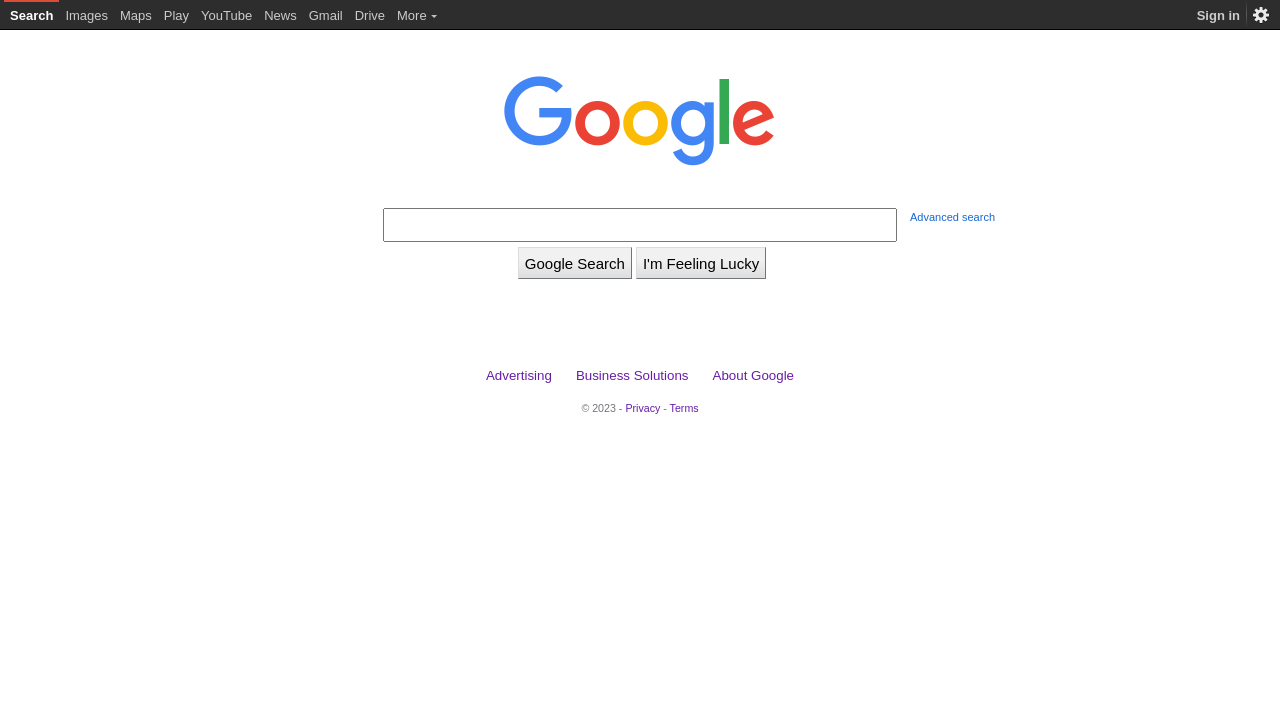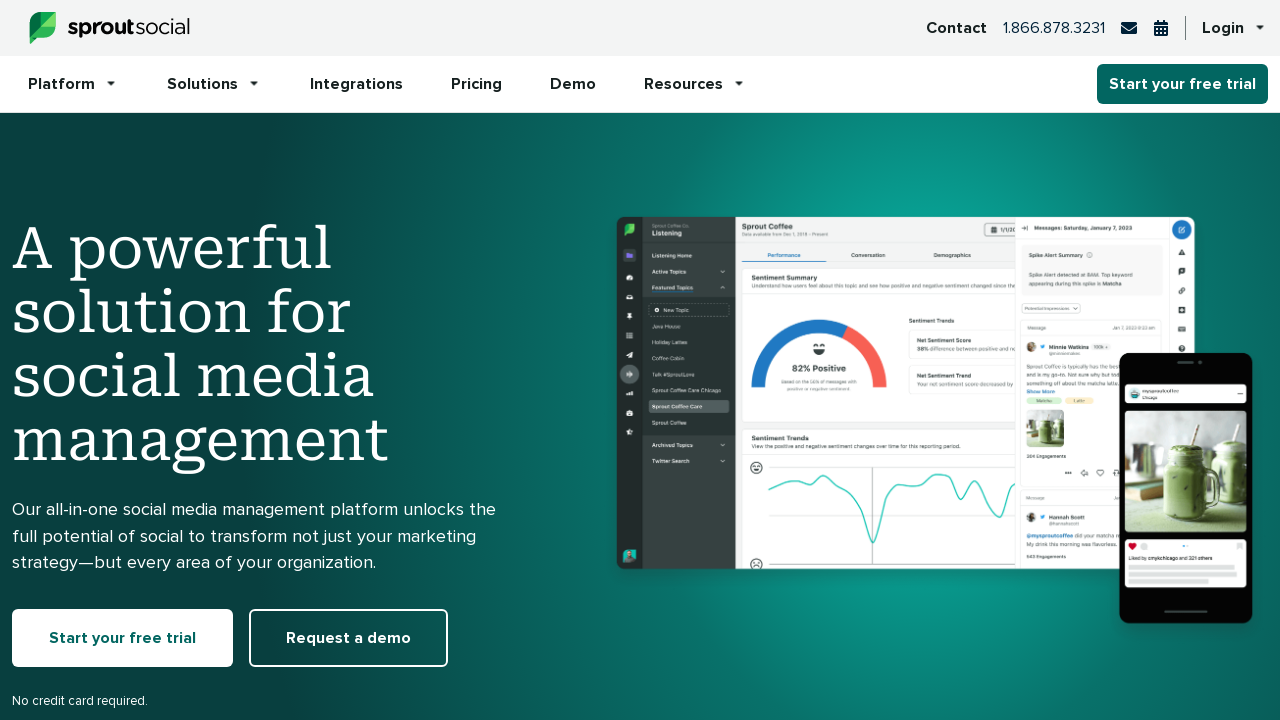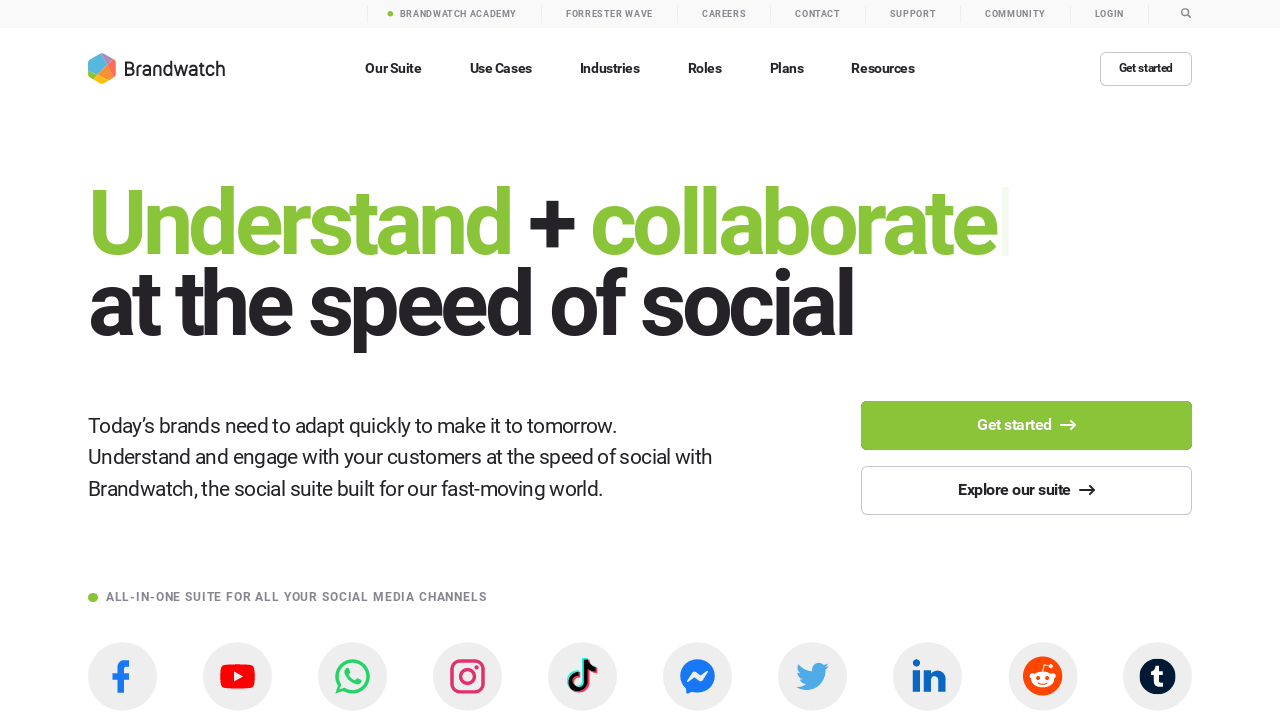Tracking Brand Awareness: Measuring the Success of Your Campaigns

Here’s a question for all the marketers and business owners out there: how do you know if your marketing campaigns are truly making an impact? In a world where we’re bombarded with countless advertisements every day, how can you ensure that your brand sticks in the minds of consumers? The answer lies in tracking brand awareness, a crucial metric that measures the success of your campaigns.
In this article, we’ll dive into the importance of brand awareness and discuss various methods to effectively track it. By the end, you’ll have the insights you need to gauge your campaign's success and make informed decisions to propel your brand forward. So, let's embark on this journey to uncover the secrets of tracking brand awareness, shall we?
Why Tracking Brand Awareness is Important
The Role of Brand Awareness in Marketing
Brand awareness is a fundamental aspect of successful marketing campaigns. It serves as the foundation for consumer recognition and trust in a brand. When customers are aware of a brand and its offerings, they are more likely to consider and choose it over competitors. Brand awareness also enhances customer loyalty and can drive word-of-mouth referrals. By tracking brand awareness, marketers can assess the effectiveness of their campaigns and make informed decisions on allocating resources.
For example, if a social media campaign generates higher brand mentions and engagement, it indicates improved brand awareness.
Benefits of Tracking Brand Awareness
Tracking brand awareness provides valuable insights that can drive the success of your marketing campaigns. By measuring the effectiveness of your brand messaging and presence, you can make informed decisions to optimize your strategies.
One benefit of brand awareness tracking is the ability to gauge the reach of your marketing efforts. By monitoring the number of people who recognize your brand, you can assess the effectiveness of different channels and adjust your investments accordingly.
Methods for Tracking Brand Awareness
Surveys and Questionnaires
Surveys and questionnaires are valuable tools for tracking brand awareness. They provide direct insights into consumers' familiarity and perception of a brand. Designing effective surveys involves asking specific questions related to brand recall, recognition, and associations. Analyzing survey results helps identify awareness levels and any changes over time.
For example, if a survey reveals a high percentage of respondents who can recall a brand name, it indicates strong brand awareness. To make surveys more actionable, include questions about brand attributes or competitors to gauge brand differentiation. This allows marketers to track how their brand is positioned in consumers' minds and make informed decisions based on the data collected.
Designing an Effective Brand Awareness Survey
To create an effective brand awareness survey, focus on simplicity and clarity. Keep the survey short and concise, asking specific questions that directly measure brand recognition and recall. Utilize both aided and unaided awareness questions to gauge familiarity with your brand and competitors. Incorporate Likert scale questions to gauge perception and sentiment. Avoid leading or biased questions that may influence respondents' answers. Make sure the survey is visually appealing and easy to navigate, as this encourages participation and accurate responses. Test the survey with a small group before distributing it widely to ensure it captures the intended information accurately.
Analyzing Survey Results
Analyzing survey results is a crucial step in brand awareness tracking. It provides valuable insights into consumer perceptions and helps measure the effectiveness of your campaigns. Look for patterns and trends in the data to identify areas of improvement or success. Pay attention to metrics like brand recognition, recall, and consumer sentiments.
For example, if survey responses indicate low brand recognition, consider optimizing your messaging or increasing brand exposure. On the other hand, positive sentiment can indicate successful campaigns. Use these insights to inform future marketing strategies and refine your brand messaging to improve brand awareness.
Social Media Listening
Social media listening is a valuable method for tracking brand awareness. It involves monitoring social media platforms to understand how customers perceive and talk about a brand. Here are some key points to consider:
- Monitor mentions and sentiment: Track brand mentions and analyze the sentiment behind them. Positive mentions indicate a growing brand awareness, while negative ones may point to areas needing improvement.
- Identify influencers and brand advocates: Look for individuals who have a significant influence and positive sentiment towards the brand. Engage with them to amplify brand awareness.
- Analyze trends and topics: Identify popular topics and trends related to the brand. This insight helps in refining marketing strategies and creating content that resonates with the target audience.
By utilizing social media listening techniques, businesses can gain valuable insights into their brand awareness and make informed decisions to enhance their marketing efforts.
Monitoring Mentions and Sentiment
Monitoring mentions and sentiment is a vital aspect of brand awareness tracking. By keeping track of online conversations related to your brand, you can assess how well your campaigns are resonating with the audience. Analyzing the sentiment behind these mentions provides valuable insights into the overall perception of your brand.
For example, if there is an increase in positive sentiment and mentions, it indicates a successful campaign. On the other hand, a rise in negative sentiment may indicate the need for adjustments in your messaging or strategy. Tools like social media listening platforms enable you to monitor mentions and sentiment at scale, helping you make data-driven decisions to improve brand awareness.
Identifying Influencers and Brand Advocates
One highly effective method in brand awareness tracking is identifying influencers and brand advocates. These individuals have a significant impact on shaping public opinion and can play a crucial role in increasing brand visibility. By monitoring social media platforms and online communities, you can identify people who are actively promoting and advocating for your brand. Engaging with these influencers can help amplify your reach and increase brand awareness among their followers.
Consider collaborating with influencers to create sponsored content, hosting events, or offering exclusive discounts. Leverage their influence to extend your brand's reach and attract new audiences.
Web Analytics
Web analytics is a valuable tool for tracking brand awareness. By analyzing website traffic and referrals, you can measure the impact of your marketing efforts.
For example, if you notice an increase in direct traffic and referral traffic from social media platforms, it indicates that your brand awareness campaigns are resonating with your target audience.
Additionally, tracking conversion rates allows you to assess how effectively your website is converting visitors into customers. By regularly monitoring these metrics, you can identify successful strategies and make data-driven decisions to optimize your brand awareness initiatives.
Measuring Website Traffic and Referrals
Measuring website traffic and referrals is a vital aspect of tracking brand awareness. By analyzing the number of visitors to your website and where they come from, you can gain insights into the effectiveness of your brand campaigns. Tools like Google Analytics provide valuable data on page views, unique visitors, and referral sources.
For instance, if you notice a significant increase in traffic from social media platforms after launching a brand awareness campaign on those channels, it indicates a positive impact. Understanding website traffic and referral patterns helps gauge the reach and impact of your brand messaging.
Tracking Conversion Rates
Tracking conversion rates is a vital aspect of brand awareness tracking. It helps measure the effectiveness of campaigns in converting brand awareness into tangible results. By analyzing conversion rates, businesses can identify which channels or strategies are driving the most conversions and optimize their marketing efforts accordingly.
For example, if a social media campaign is driving a high conversion rate compared to other channels, the company can allocate more resources to that platform. Monitoring conversion rates also allows businesses to identify any issues in the conversion process and make necessary improvements to increase overall success.
Tools for Brand Awareness Tracking
Google Analytics

Google Analytics is a powerful tool for tracking brand awareness. It provides valuable insights into website traffic and user behavior, helping you understand how your campaigns are performing. With Google Analytics, you can determine which channels are driving the most awareness, measure referral traffic from social media platforms, and track conversion rates.
By analyzing this data, you can make data-driven decisions to optimize your campaigns and focus on the channels that generate the highest brand awareness.
For example, if you notice that a particular social media platform drives significant traffic and conversions, you can allocate more resources to that channel to further boost brand awareness.
Sprout Social

Sprout Social is a powerful social media management tool that can greatly assist in brand awareness tracking. Here's why it's worth considering:
- Sprout Social offers robust social listening features, allowing you to monitor brand mentions and sentiment across various platforms.
- The platform provides detailed analytics on audience engagement, reach, and impressions, giving you valuable insights into the success of your brand awareness campaigns.
- With Sprout Social, you can identify key influencers and brand advocates who can amplify your message and reach a wider audience.
- The platform also offers scheduling and publishing capabilities, making it easier to maintain a consistent presence and increase brand visibility on social media.
Brandwatch

Brandwatch is a powerful tool for tracking brand awareness across various online channels. It provides comprehensive social media listening capabilities to monitor mentions and sentiment associated with your brand. By analyzing these conversations, you can gain insights into how your brand is perceived and identify potential influencers and brand advocates. The platform also allows you to track and compare awareness levels across different campaigns or time periods.
With Brandwatch, you can measure the impact of your brand awareness efforts and make data-driven decisions to optimize your marketing strategies.
Interpreting Brand Awareness Data
Measuring Awareness Growth
Measuring awareness growth is vital in brand awareness tracking. It helps you understand if your efforts are effective in increasing awareness levels over time. Analyzing metrics such as website traffic, social media engagement, and brand mentions can provide insights into the success of your campaigns.
For example, if you notice a steady increase in website visitors or an uptick in positive sentiment online, it indicates that your brand is gaining more recognition. This data enables you to identify trends, make informed marketing decisions, and refine your strategies to continuously improve brand awareness.
Comparing Awareness Levels Across Channels
Comparing awareness levels across different channels is vital to understanding the effectiveness of your brand awareness campaigns. By analyzing metrics such as reach, engagement, and conversions, you can determine which channels are most successful in increasing brand visibility.
For example, if your social media campaigns generate higher engagement and website traffic compared to email marketing, it may indicate that your target audience is more responsive to social media content. This insight allows you to allocate resources strategically and focus on channels that deliver the highest return on investment. Regularly comparing awareness levels across channels helps optimize your marketing efforts and ensures you are reaching your target audience most effectively.
Identifying Trends and Patterns
- Analyzing brand awareness tracking data can provide valuable insights into trends and patterns.
- Look for consistent increases or decreases in brand awareness over time across different channels.
- Identify any seasonal or cyclical patterns in awareness levels to better plan future campaigns.
- Pay attention to any correlation between specific marketing activities and spikes in brand awareness.
- Analyze demographic data to understand which segments of your target audience are most aware of your brand.
- By identifying trends and patterns, you can make informed decisions to optimize your brand awareness campaigns.
Final thoughts
Measuring brand awareness is crucial for assessing the effectiveness of marketing campaigns. To track this, businesses can employ various methods such as surveys, social media listening, website analytics, and customer feedback. These techniques provide valuable insights into consumer perceptions, brand recall, and reach. Measuring brand awareness helps identify the impact of marketing efforts, understand target audience engagement, and make informed decisions for future campaigns.